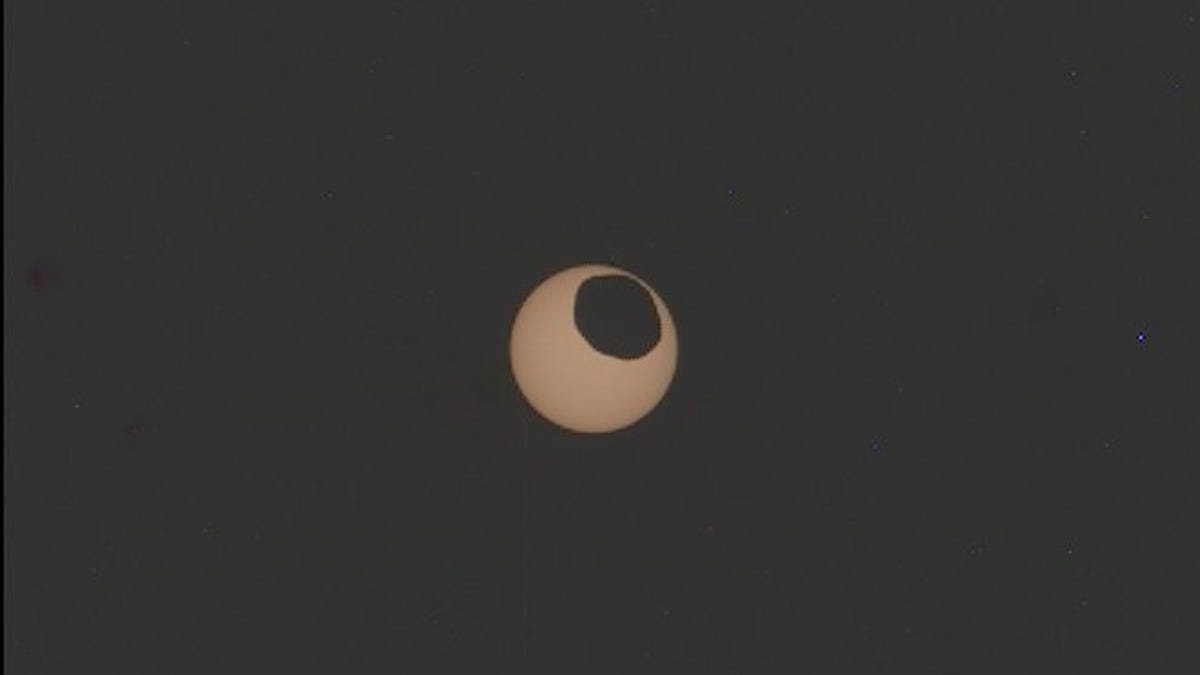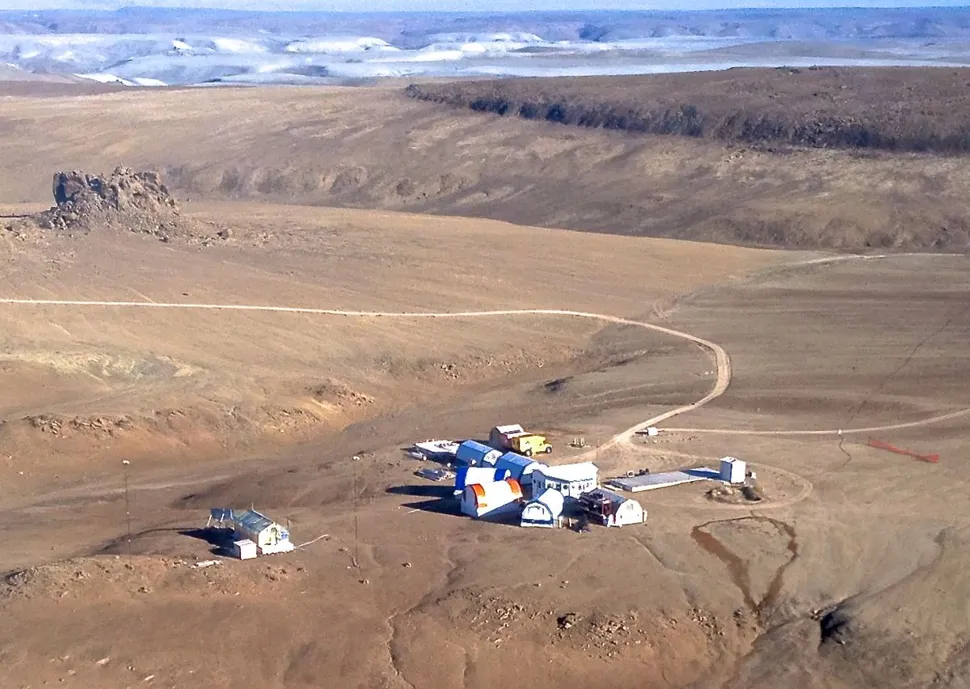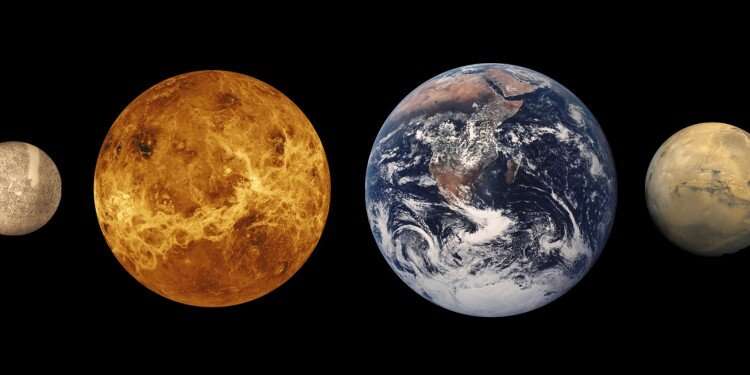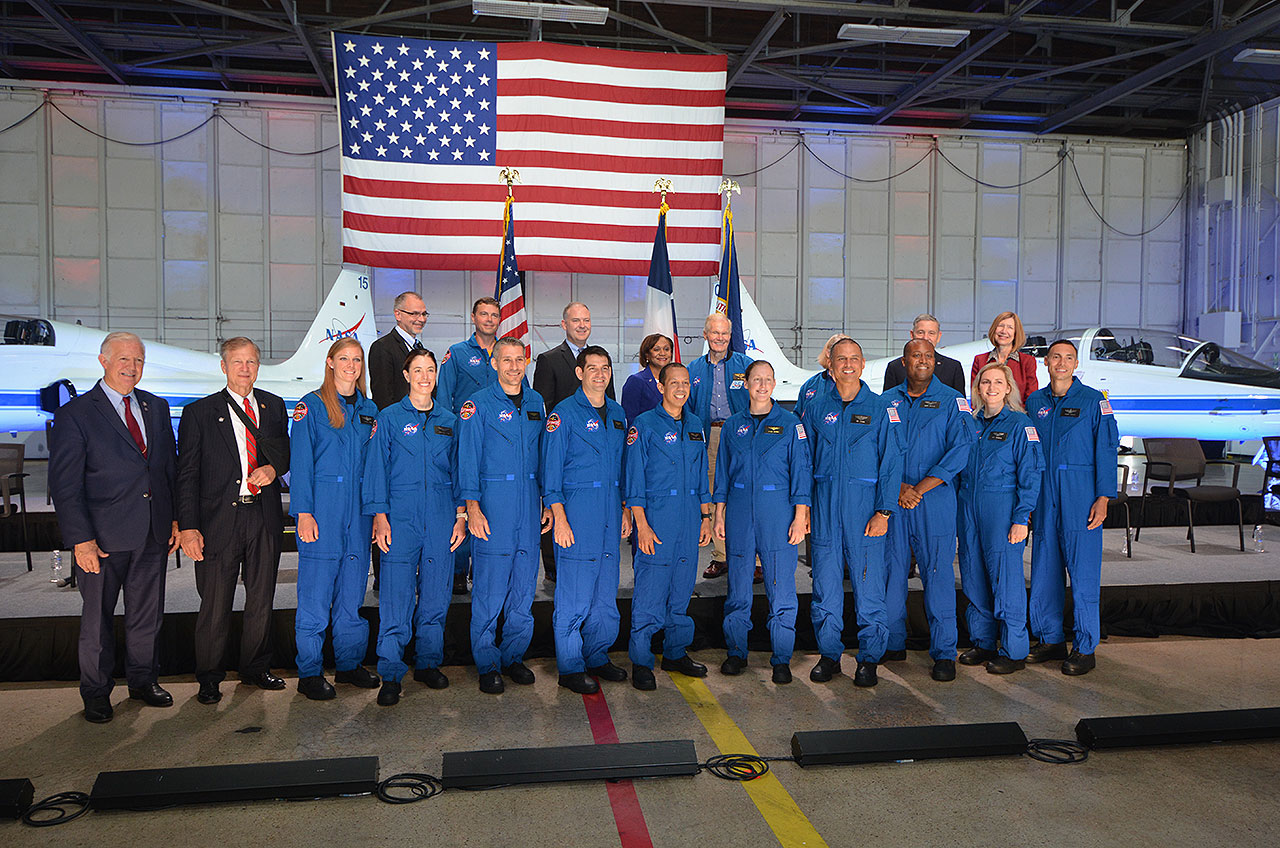
This illustration, created at the Centers for Disease Control and Prevention (CDC), reveals ultrastructural morphology exhibited by coronaviruses. Note the spikes that adorn the outer surface of the virus, which impart the look of a corona surrounding the virion, when viewed electron microscopically. A novel coronavirus, named Severe Acute Respiratory Syndrome coronavirus 2 (SARS-CoV-2), was identified as the cause of an outbreak of respiratory illness first detected in Wuhan, China in 2019. The illness caused by this virus has been named coronavirus disease 2019 (COVID-19).
A new virus called SARS-CoV-2 is a coronavirus that has caused an outbreak of a disease called COVID-19.
Public health groups, such as the World Health Organization and the U.S. Centers for Disease Control and Prevention, are still learning about the virus, monitoring the disease it causes, and researching potential ways to stop it. You can read all about the coronavirus and COVID-19 at our sibling site, LiveScience.
But me being me, my mind went straight to Mars. I have long been aware of science fiction’s vision of Earth receiving space souvenirs that carry organisms that might be dangerous to Earth’s fragile biosphere — that’s me, and you, too! Such arrivals could be accidental, or they could be purposeful.
Meanwhile, President Donald Trump’s budget request for NASA supports the development of the Mars sample return mission, a robotic program that would haul back the goods from the Red Planet.
What if such samples turned out to be dangerous, and contagiously so? Are there some Mars-oriented lessons to be learned from COVID-19 and other major infectious diseases?











